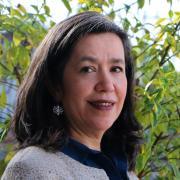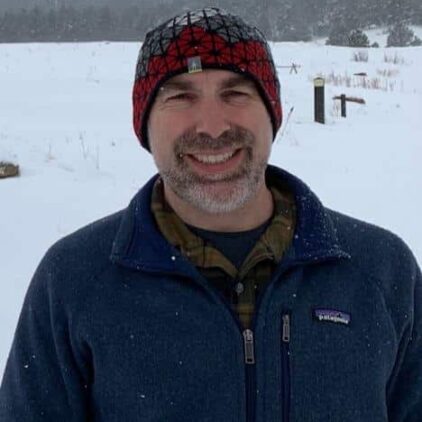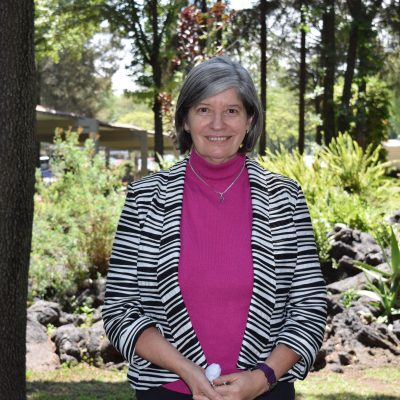CanAIRy Learn: Tech Talk 4 | Comunicación del Riesgo a la Salud
Log in to a free account to view this content.
Every year in the summer, dust particulates from the Saharan Desert are suspended by strong winds and carried across the Atlantic Ocean to the United States, Latin America, and the Caribbean. Commonly known as the Saharan Dust Storm (or Saharan Air Layer), this Trans-Atlantic event brings unhealthy levels of PM 2.5 and PM 10 to some cities, changes to cloud formation chemistry, and plenty of attention from the media. Tracking, modeling, and studying the regional effects of this phenomenon will allow air quality managers and scientists to better research the Saharan Dust Storm’s impacts and effectively communicate to the public.
Dr. Colarco from the NASA Goddard Space Flight Center and Dr. Raga from the Atmospheric Sciences Center of the National Autonomous University of Mexico examine the science happening around the Sahara Dust Storm. They will take a deep dive into the NASA technology we have to track the aerosols, the benefits of the International Cooperative for Aerosol Prediction (ICAP) multi-model approach to global aerosol forecasting, and the results of research examining its air quality and mix-phased cloud formation impacts on the Yucatan Peninsula.
Speakers:
Dr. Peter Colarco is a research physical scientist in the Atmospheric Chemistry and Dynamics Laboratory at the NASA Goddard Space Flight Center. He leads research on the distributions and properties of atmospheric aerosols, and their impacts on Earth’s weather and climate system. His main research tools are global atmospheric circulation models and remote sensing observations. Dr. Colarco implemented and coupled the aerosol module currently used for near-real time forecasting and climate simulation in the NASA GEOS-5 Earth system model. He participates in numerous studies to validate Earth system model representations of aerosols, including developing detailed simulators of remote sensing observations, most recently for the CALIOP and OMI space-based sensors. He is also developing new representations for stratospheric aerosols in GEOS-5. Dr. Colarco has been a PI of a number of NASA funded research efforts and has authored or co-authored more than 50 peer-reviewed papers. He has supported a number of NASA airborne field campaigns as a forecaster and flight planner. Dr. Colarco is additionally a co-chair of the International Cooperative for Aerosol Prediction (ICAP), a grassroots effort to coordinate the activities of global aerosol forecasting centers, model developers, and data providers.
Dr. Graciela B. Raga obtained an undergraduate degree in Meteorology at the University of Buenos Aires, Argentina (June 1983) and a PhD. in Atmospheric Sciences at the University of Washington in Seattle, USA. (February 1989). After working in Toronto, Canada and in Manchester, UK, she joined the Center for Atmospheric Sciences at UNAM in 1995. She is currently Senior Scientist and Head of the Micro-Mesoscale Interactions research group, composed of 3 young scientists and about 10 graduate- and undergraduate-level students. As a professor at UNAM she has taught a number of courses over the years and has supervised the work of 4 undergraduates, 10 Master level and 7 PhD students, as well as 8 postdoctoral scientists.
Her main research lines include topics in Air pollution, Aerosol microphysics, Black carbon, Cloud microphysics, dynamics, chemistry and electrification, Mesoscale meteorology and tropical cyclones, Aerosol-cloud-climate interactions, Short-lived climate pollutants/forcers. She has more than 90 peer-reviewed publications (ORCID: 0000-0002-4295-4991).



